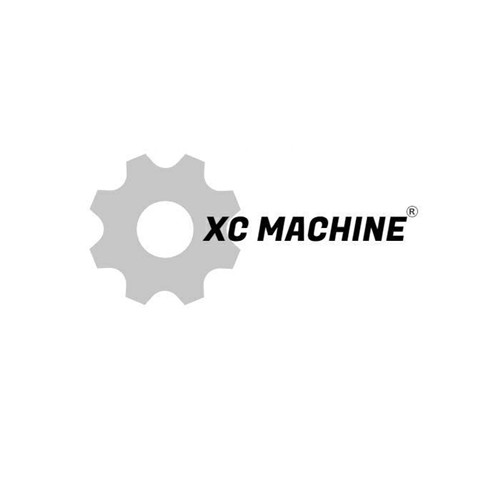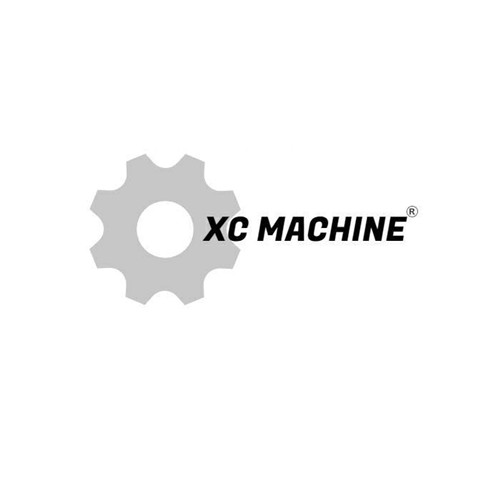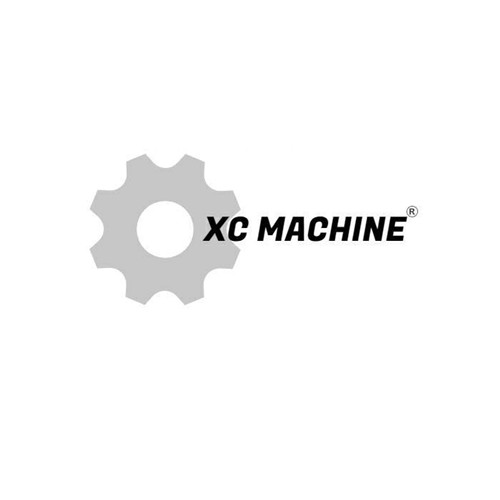Analysis of common technical problems in engineering machinery maintenance
Analysis of common technical problems in engineering machinery maintenance
1, pay attention to the selection of bolts, chaotic use of bolts
When repairing construction machinery, the phenomenon of indiscriminate use of bolts is still prominent, because the performance and quality of bolts do not meet the technical requirements, resulting in frequent mechanical failures after maintenance.
Special bolts used in construction machinery, such as drive shaft bolts, cylinder head bolts, connecting rod bolts, flywheel bolts, fuel injector fixing bolts, etc., are specially processed with special materials, which have high strength and strong shear resistance. Ensure that the connection is fixed and reliable.
In the actual maintenance work, some maintenance personnel found that when these bolts were damaged or missing, they could not find the standard bolts at the moment, and some of them were free to take other bolts instead, and some of them were replaced by their own. These bolts were not qualified due to poor materials or processing techniques. The late use of construction machinery leaves a hidden danger.
The 74 bolts of the 74 type II excavator in the rear axle wheel reducer are connected to the planetary gear frame and the wheel reducer housing. The 6 bolts are subjected to large torque. The 6 bolts are broken and damaged. Some maintenance personnel use other bolts or self. Processing substitution, often broken due to insufficient bolt strength; some parts need to use "small pitch" "small buckle self-tightening" bolts, copper bolts, copper-plated bolts, but use ordinary bolts instead, resulting in bolts loose It is difficult to remove and disassemble. For example, the diesel engine exhaust manifold fixing nut is mostly made of copper. It is not easy to disassemble when it is heated or used for a long time. However, in actual maintenance, most of the ordinary nuts are used. It is very difficult to disassemble for a long time.
Some bolts will have defects such as stretching and deformation after use. Some technical requirements stipulate that new bolts must be replaced after several times of disassembly and assembly. Because maintenance personnel do not understand these conditions, repeated use of unqualified bolts can also lead to machinery. The occurrence of a fault or accident. Therefore, when repairing the construction machinery, when the bolt is damaged or lost, it is necessary to replace the bolts that meet the requirements in time, and avoid using the bolts.
2, improper bolt tightening method
Many fixing or connecting bolts of various parts of construction machinery have tightening torque requirements, such as injector fixing bolts, cylinder head bolts, connecting rod bolts, flywheel bolts, etc. Some of them specify tightening torque, some specify tightening angle, and also specify tightening order.
Some maintenance personnel think that anyone who tightens the bolts will do it, it does not matter, do not tighten according to the specified torque and order (some do not understand the tightening torque and sequence requirements), do not use the torque (kg) wrench, or use the afterburner at will, Tightening by feeling, the tightening torque varies greatly.
If the torque is insufficient, the bolt is prone to loosening, which will cause the cylinder liner to be damaged, the bearing bush to loosen, oil leakage, and air leakage. If the torque is too large, the bolt is easy to be stretched and deformed, or even broken, and sometimes the threaded hole is damaged, which affects the repair quality. One ZL50 loader, the torque converter slammed the hydraulic oil, and it was checked that the 24 bolts connecting the pump wheel and the cover wheel were not tightened in the specified order and torque.
Therefore, when repairing construction machinery, be sure to tighten the bolts according to the specified torque and order to prevent mechanical failure due to excessive tightening torque, too small or improper sequence.
3, pay attention to the detection of parts and clearance
Diesel piston and cylinder sleeve clearance, piston ring "three gaps", piston clearance, valve clearance, plunger clearance, brake shoe clearance, main driven gear meshing clearance, bearing axial and radial clearance, valve stem With the valve guide clearance, etc., all types of models have strict requirements, must be measured during maintenance, parts that do not meet the clearance requirements should be adjusted or replaced.
In the actual maintenance work, there are many phenomena of blindly assembling components without measuring the clearance, which leads to early wear or ablation of the bearing, diesel engine oil burning, difficulty in starting or deflagration, piston ring breaking, mechanical impact, oil leakage, and air leakage. If the fault occurs, sometimes even due to improper fitting of the parts, the mechanical damage will occur.
After the overhaul of a Nissan 6DB-10P diesel engine, the test machine will run out for 30 minutes or so, and then the starter will not catch fire. Check the oil and oil lines and other normal conditions. After 30 minutes of shutdown, start the fire again, but run for 30 minutes. Turn off the fire by yourself. Later, the reason for the fault was that the plunger of the fuel injection pump was too small. After the temperature of the diesel engine increased, the plunger expansion and the oil discharge valve were in conflict with each other. The oil could not be reciprocated normally and the oil was extinguished by itself. After the machine was cooled down, the plunger and the oil were discharged. There is a certain gap between the valves to supply oil normally.



